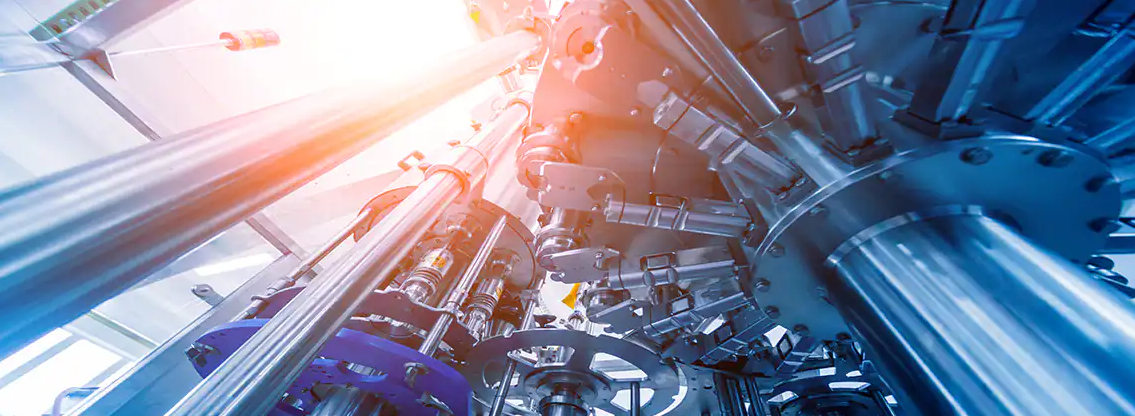When it comes to choosing materials for various applications, one commonly encountered choice is between cast aluminum and aluminum. While these two materials might sound quite similar, they have distinct differences that can greatly affect their performance and suitability for specific purposes. In this article, we will delve into the characteristics, benefits, and drawbacks of cast aluminum and aluminum to help you make an informed decision.
Aluminum, also known as aluminum alloy, is a versatile and widely used material in various industries due to its excellent strength-to-weight ratio, corrosion resistance, and recyclability. It is a non-ferrous metal that is lightweight, durable, and can be easily formed into different shapes and sizes. Aluminum is commonly used in the automotive, aerospace, construction, and consumer electronics sectors.
On the other hand, cast aluminum refers to the process of pouring molten aluminum into a mold to create a specific shape or part. The casting process allows for complex designs and intricate details that may not be achievable with other manufacturing methods. Like aluminum, cast aluminum exhibits similar properties such as lightweight, corrosion resistance, and recyclability. However, there are several key differences between the two materials.
One of the main differences between cast aluminum and aluminum is the manufacturing process. While aluminum can be formed through various techniques, including extrusion and machining, cast aluminum is specifically produced through casting methods. This process involves melting the aluminum and pouring it into a mold, allowing for the creation of intricate and complex shapes. This makes cast aluminum suitable for applications that require customized designs or unique geometries.
Another difference lies in their mechanical properties. Cast aluminum tends to have lower strength and hardness compared to aluminum. This is because the casting process introduces impurities and defects into the material, affecting its overall mechanical performance. On the other hand, aluminum that is formed through other techniques, such as extrusion or machining, can achieve higher strength and hardness due to the absence of these impurities.
In terms of cost, cast aluminum is generally more expensive than aluminum. The casting process involves additional steps and equipment, which contribute to higher production costs. Furthermore, the need for molds and patterns adds to the expenses. Aluminum, on the other hand, can be produced more efficiently and at a lower cost, especially when using standardized shapes or sizes.
When it comes to aesthetics, both cast aluminum and aluminum offer different visual appearances. Cast aluminum often exhibits a textured or rough surface due to the casting process. This can be desirable for certain applications where a rustic or industrial look is desired. On the other hand, aluminum can be finished to achieve a smooth and polished surface, giving it a more sleek and modern appearance.

Another important factor to consider is the application-specific requirements. While cast aluminum is suitable for applications that require complex shapes or intricate designs, aluminum is often chosen for its superior strength and hardness. If the application involves high-stress situations or heavy loads, aluminum may be the better choice due to its enhanced mechanical properties. Cast aluminum, on the other hand, is commonly used in decorative or ornamental applications due to its versatility in shape and design.
In conclusion, both cast aluminum and aluminum have their own unique characteristics, benefits, and drawbacks. The choice between the two materials depends on factors such as the manufacturing process, mechanical properties, cost, aesthetics, and application-specific requirements. By understanding these differences, you can make an informed decision when selecting the most suitable material for your specific project or application.
-

- Thixomolding-Druckguss-UAV-Teile aus Magnesiumlegierung
-

- OEM-Druckgusskomponenten und -teile
-

- OEM-Druckgussteile und Komponenten
-

- Magnesiumlegierung Thixomolding-Power-Batter-Gehäuse
-

- Druckgussteile und -komponenten aus Magnesiumlegierung für E-Bikes
-

- Thixomolding Teile & Komponenten Handy Mittelplatine verarbeitet

 0086-750-5616188
0086-750-5616188 +86 13392089688
+86 13392089688 sales@zhongmei-tech.com
sales@zhongmei-tech.com






